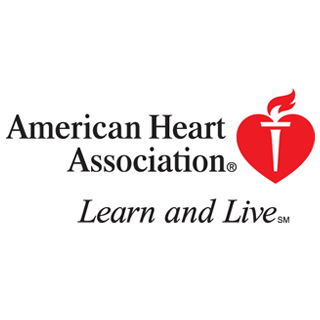
The eight triggers according to the Dutch investigators boost the dangers of intracranial aneurysm (IA). The condition is known to be a weakness in a brain blood vessel’s wall, leading to its ballooning. Its rupture has the chances of resulting in a subarachnoid hemorrhage. Interestingly approximately 2 percent of the population in general has IAs, but only few rupture.
The eight triggers were calculated on the basis of the population attributable risk. Coffee consumption was reported to contribute to a 10.6 percent risk while vigorous physical exercise, nose blowing and sexual intercourse account for a 7.9, 5.4 and 4.3 percent risk respectively. Other risk factors include straining to defecate, cola consumption, being startled and being angry at 3.6, 3.5, 2.5 and 1.3 percent respectively.
“All of the triggers induce a sudden and short increase in blood pressure, which seems a possible common cause for aneurysmal rupture,†mentioned Monique H.M. Vlak, M.D., lead author of the study and a neurologist at the University Medical Center in Utrecht, the Netherlands. “Subarachnoid hemorrhage caused by the rupture of an intracranial aneurysm is a devastating event that often affects young adults,†Vlak said. “These trigger factors we found are superimposed on known risk factors, including female gender, age and hypertension.â€
The scientists revealed that the risk was higher in short bursts post drinking alcohol too but it did come down rapidly. A handful of individuals with IAs show symptoms like rupture, vision problems, vomiting, loss of consciousness, and particularly severe headaches. Many people have none and the higher use of neuroimaging techniques has led to an increased detection of aneurysms. To recognize the potential triggers, around 250 patients with aneurysmal subarachnoid hemorrhage were required to complete a questionnaire.
This included information about exposure to nearly 30 potential trigger factors in the duration just prior to their event along with their regular frequency and the level of exposure to these triggers. The relative risk was then assessed employing a case-crossover fabrication ascertaining whether an event was provoked by something occurring just before it. Even with the potential trigger-ability of physical activity, the scientists don’t advise individuals to refrain from it. They reveal it to be an important factor in bringing the risk for other cardiovascular diseases down.
The investigators further mention that the findings of the study were limited by the retrospective design of the study. The average three weeks in between the completion of the questionnaire and subarachnoid hemorrhage is also said to be a limiting factor. In addition to this, asking specifically for exposure in a time frame could also be limited by recall bias. The inclusion of patients in comparatively better clinical condition may have resulted in survival bias too.
The study has been published in Stroke: Journal of the American Heart Association.
